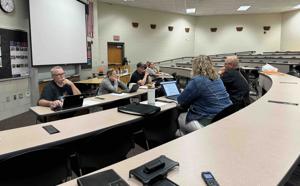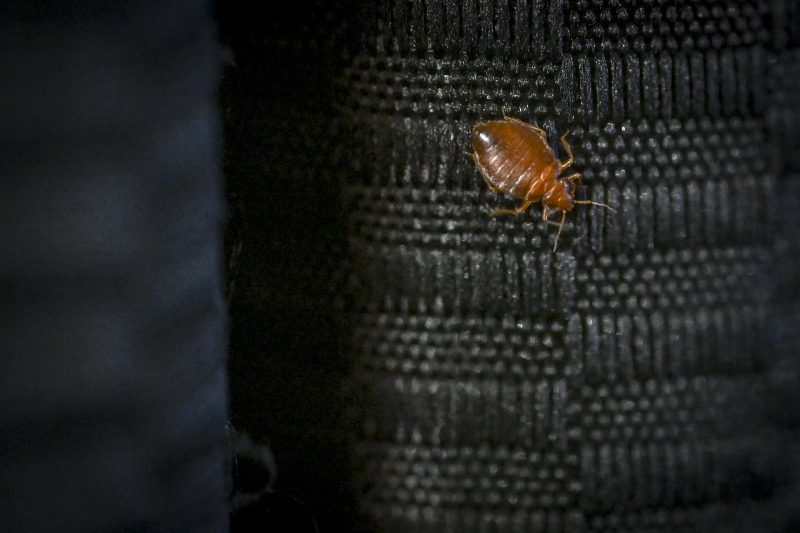Idaho’s Urgent Battle Against Quagga Mussels Claims Ecosystem

BREAKING: Idaho’s aggressive measures against invasive quagga mussels in the Snake River have prompted shocking ecological consequences. In an unprecedented treatment, officials deployed over 40,000 pounds of copper-based poison in 2023, costing the state $3 million, but new reports reveal devastating impacts on local wildlife.
The state acted swiftly after discovering the microscopic mussels, which could wreak havoc on Idaho’s economy by clogging water systems and disrupting local ecosystems. Just two weeks after the initial detection, officials made the controversial decision to treat the Twin Falls area, marking it as the “fastest and most complex” invasive mussel treatment in North America.
However, a new study from the U.S. Geological Survey has revealed heart-wrenching outcomes: the treatment decimated up to 90% of invertebrate populations in the area, threatening food sources for fish and other wildlife. Over 7,000 pounds of copper have now settled into the riverbed, raising ongoing concerns about long-term toxicity.
“We understood the terrible gravity of what we had to undertake,” stated Chanel Tewalt, director of the Idaho State Department of Agriculture. “But we also know ultimately what’s at stake.” The state has acknowledged the significant collateral damage caused by the treatment, which included the death of 48 out of 49 local white sturgeon.
While officials had anticipated some casualties, the scale of the impact has left many experts questioning the effectiveness of the approach. David Wong, a quagga mussel management researcher, criticized the treatment as a “failure,” citing the need for further poisoning just a year later, suggesting that the initial measures did not adequately address the root of the infestation.
The situation remains precarious. Following the initial treatment, officials detected quagga mussel larvae again in 2024, prompting another round of copper application. The fate of the ecosystem hangs in the balance as studies continue to assess the long-term effects of these chemical treatments.
Idaho’s proactive measures are crucial; without intervention, quagga mussels threaten to disrupt the state’s agriculture and energy sectors, potentially costing hundreds of millions in damages. “If we can’t move irrigation water in this state, the lifeblood of our economy withers,” Tewalt emphasized.
Inspection stations at critical entry points into Idaho are currently on high alert, with employees working tirelessly to prevent further outbreaks. “The treatment versus the long-term infestation — the juice is worth the squeeze on that one, in my opinion,” said Michael Stephenson, a biologist with Idaho Power, underscoring the urgency of the situation.
As of now, the state has not detected any new viable quagga mussels in the Snake River, but the potential for their return looms large. Idahoans are urged to remain vigilant as officials work tirelessly to safeguard the ecosystem from these invasive species.
The battle against quagga mussels in Idaho is far from over, and the implications of this treatment will resonate for years to come. Stay tuned for ongoing updates as we monitor the situation closely.






